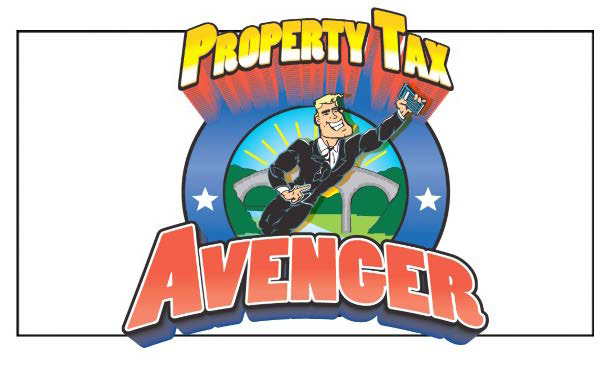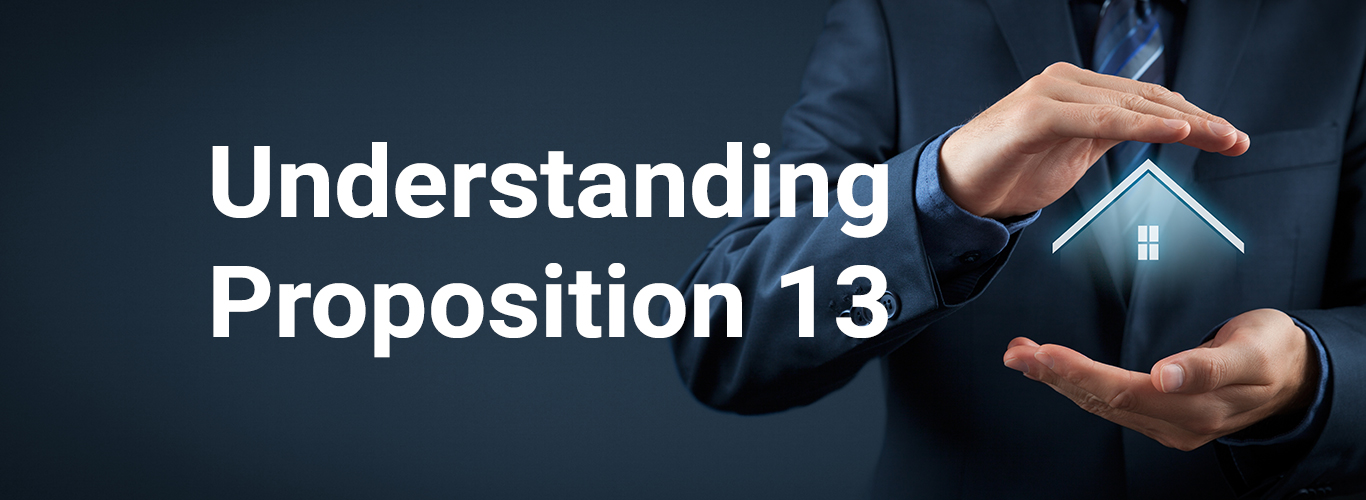Property Tax Avengers video to aid new homeowners

Santa Clara County Assessor Larry Stone revealed his alternate “superhero” personality, the “Property Tax Avenger.” Caught on film, Stone announced a funny and informative video to help new and prospective homeowners eliminate surprises about the most confusing part of purchasing a new home the “supplemental assessment.” “It’s very frustrating. You buy a home, think your property taxes were taken care of during escrow, or as part of the monthly mortgage payments, only to receive a supplemental assessment followed by a supplemental tax bill,” said Stone. “The first call they make is to our office. The Property Tax Avengers are on your side, and this new video will add to information online to help taxpayers reduce confusion about property taxes new homeowners are required to pay after escrow closes.
Playing on the “Avenger” theme, the lighthearted YouTube video is definitely not your typical government video with a talking head in front of a blackboard. Targeted toward individuals who just acquired or have plans to buy a home, the Assessor’s office is hoping to help more than 20,000 new homeowners a year, many of whom are young and first-time homeowners. “New homeowners want to know what to expect, how to quickly navigate the property tax system and opportunities for potential savings. The “Avenge Video” helps them do that and entertain them too,” said Stone.
Although supplemental assessments have been part of California property tax law since 1983, new buyers often overlook the financial impact that generally falls within their first year of ownership. Supplemental assessments and taxes are in addition to the annual assessments and property taxes which are generally prorated during escrow, so that the seller and buyer each pay the portion of taxes attributed to their time of ownership. However, the proration is based on the assessed value prior to the purchase transaction. The supplemental assessment is based on the difference between the prior assessed value and the new assessed value. This value is multiplied by the tax rate, and the resultant tax is prorated for the number of months remaining in the fiscal year from the date of acquisition by the new owner. The tax new homeowners pay is the amount between the regular tax bill prorated in escrow, and the supplemental tax bill, based upon the value of the property as of their date of purchase.
The Assessor and Tax Collector recognize that receiving the Notice of Supplemental Assessment and the supplemental tax bill often come as a surprise.
This “Tax Avenger” video adds to a collection of information on the Assessor’s website including a “Supplemental Estimator”that enables a new property owner to calculate the estimated taxes based upon the anticipated purchase price and month of acquisition. The “Estimator” assists taxpayers to better understand how supplemental assessments and taxes are calculated by the Assessor and the Tax Collector.
Why are there supplemental assessments?
Supplemental assessments were created in 1983 to close what was perceived as loopholes and inequities in Proposition 13. Prior to the creation of supplemental assessments, changes in assessed value due to a change in ownership or completion of new construction would not result in higher taxes until the tax year (July 1 to June 30), following the lien date when the new values were placed on the assessment roll. In some instances, taxes on the new assessments would not be collected for up to 21 months. This resulted in serious differences in tax treatment for transactions that may have only been separated by one day. For example, two houses closed escrow, one the day before the annual lien date and the other the day after; the value increase for each change in ownership was $500,000. The buyer who purchased the day before the lien date would pay taxes on the entire purchase price with the first installment of taxes no later than December 10 that year. The buyer who purchased the day after the lien date would not see the increase in taxes until the tax bill due in December of the following year. If both properties are owned for the same period of time, the buyer who bought a single day before the lien date would pay about $5,000 more in taxes than the other property owner due only to the differences in the initial transaction date.
Adjusting for time
With the implementation of supplemental assessments, the increase or decrease in assessed value is taxed from the first of the month following the date of completion of new construction or the change in ownership. That date is referred to as the event date.
An event date between January 1 and May 31 results in two supplemental Assessments and tax bills. The first supplemental assessment bill is from the first of the month following the event date for the remainder of the fiscal year. The second supplemental bill is for the subsequent fiscal year, beginning July 1 after the event date. If the event date is between June 1 and December 31, there will be only one supplemental assessment in effect for the remainder of that fiscal year.
The amount of the supplemental assessment is the increase or decrease in value as of the event date compared to the value that was previously assessed. Supplemental taxes are prorated based on the number of months remaining in the fiscal year, ending June 30. If the new assessment is lower than the prior assessed value a property tax refund results, rather than additional taxes.




